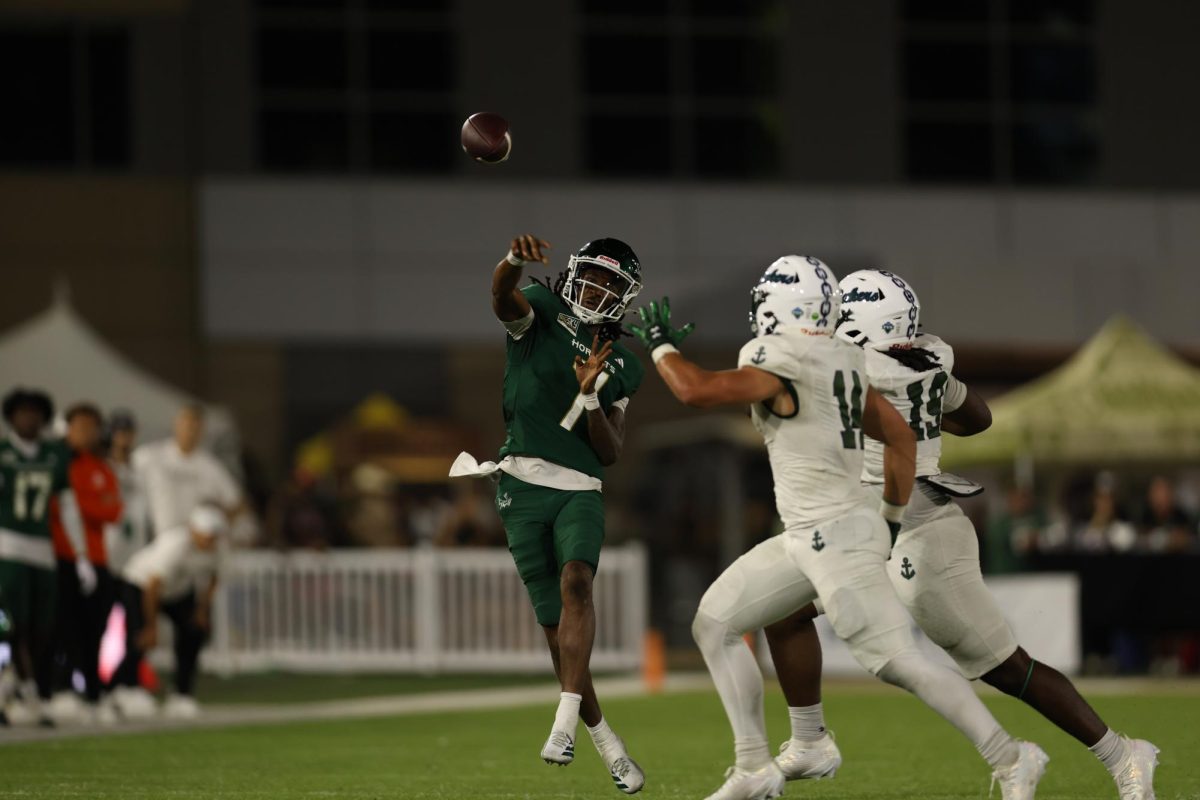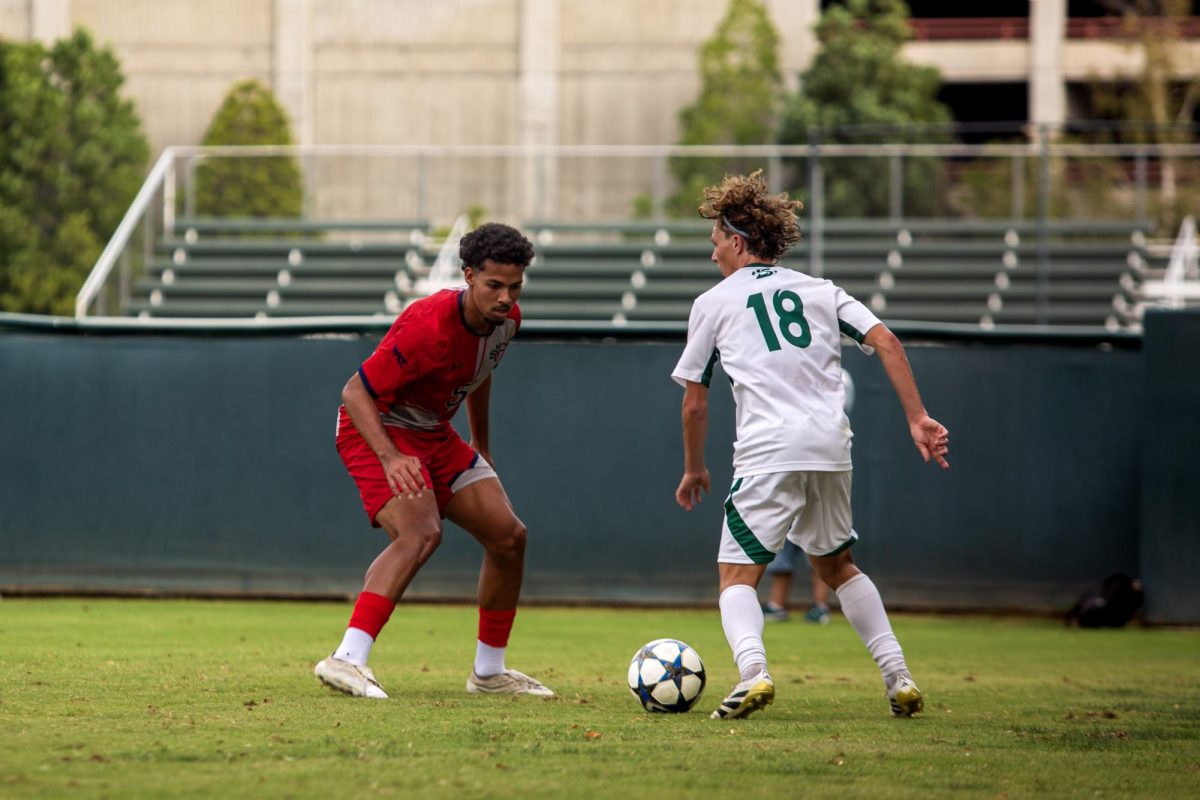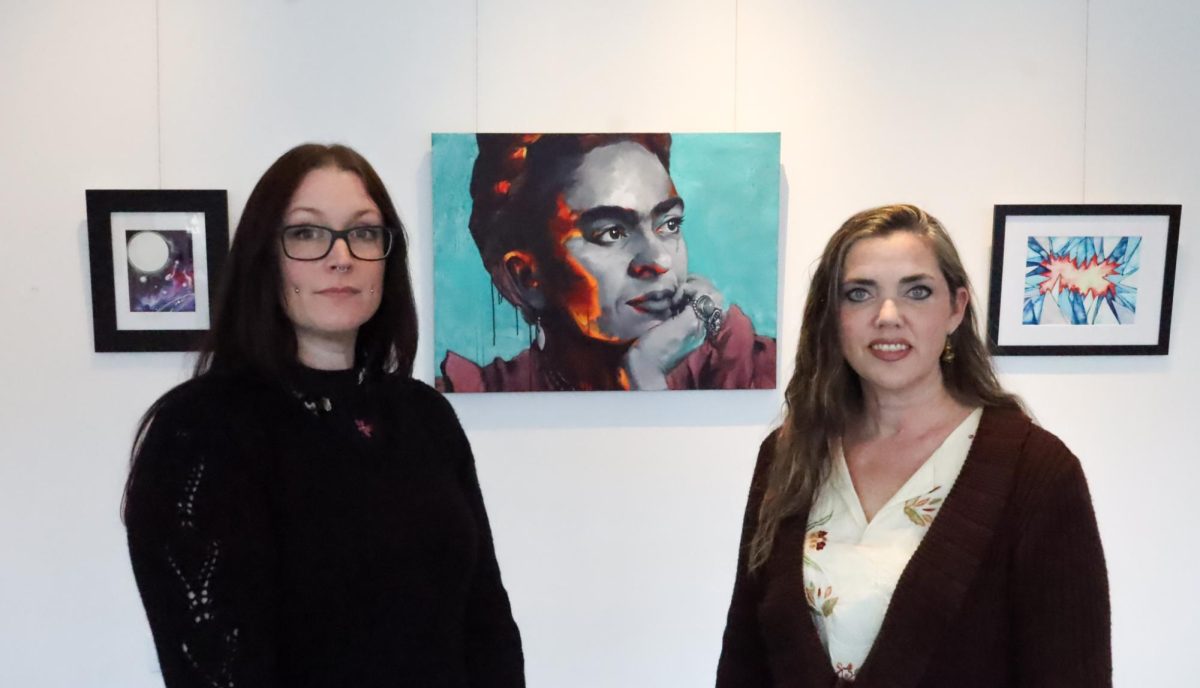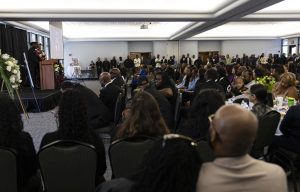Race and diversity classes make some students uncomfortable
October 1, 2013
Along with other universities in California, Sacramento State requires all students to take a race and ethnicity course to examine significant aspects of different cultures or underrepresented minorities. However, in doing so they are creating a prejudice of their own.
The whole point of the race and ethnicity class is to appreciate other races and help curb a “well-rounded” interpretation of how other people live in the United States.
But that just is not what the general education requirement classes are doing for students. The classes are constructed in a way where students can dip their toes into new information on certain cultures, but the way they are taught sends a whole different message.
The message from some professors is diving into the unknown world of minorities when in reality they preach about the majority of ethnic backgrounds while putting a target on the back of caucasians at school.
Sac State describes minority groups as, but not limited to, Asian Americans, Black Americans, Mexican Americans and Native Americans.This is factually wrong, considering that all non-caucasian races are actually the majority on campus.
According to the demographics of students surveyed for fall 2012, 60 percent of students were in the minority races the general education requirement outline. While caucasians make up the other 40 percent of students.
Yet, there is not a class specifically outlining the importance of white people’s culture and contribution to America. Out of the race and ethnicity classes that are offered, white people are made out to be the “bad guy” because they were always “privileged” and never had to go through a rough background.
Senior business administration major Tyler Mcllvenna said has been made to feel awkward in her race and ethics studies class and feels it was more of a white bashing class than anything.
“Honestly, as a white person, I felt really uncomfortable in the course,” McIlvenna said. “I feel like a lot of the course discussed how privileged all white people are and white people cause all the race problems.”
The classes offered to complete the general education requirement range from introduction to Asian American studies to Pan African studies and the professors who generally teach these classes show their passion and love of the course through their lectures.
Despite their passion, some professors can come across as offensive to students who do not fit the mold they are lecturing about.
In courses that are intended to open students’ minds to other demographics, it can actually curb minds to see a race in a negative light, when in fact it is a minority itself.
A technique multiple race and ethnicities professors try to employ with students is the “put yourself in their shoes” role playing. Students pretend they are the race of topic and try to act out how it would feel to be in that particular culture. But in doing this, professors focus on race as the singular issue, when there are many other factors that make up a culture and the social experiences of the targeted race.
Spring 2012 graduate, Anthony Freitas, 24, said he feels like some professors are trying to get the students to look at certain social issues from an unbiased racial background.
“But when they do this, that is the first thing students do; put race as the number one variable,” Freitas said.
The race and ethnicity requirement is an important part of the state school system because it makes students delve into a world they have yet to discover. But, there is a way to teach a different culture without transferring blame of another race, especially when they are a minority too.
According to the U.S. Census Bureau, non-hispanic white people will soon become the minority throughout the United States. By 2050, it is believed white people will account for less than 46 percent of the population.
Maybe then Sac State will expand their race and ethnicity courses to account for the white minority in America.

























































































































